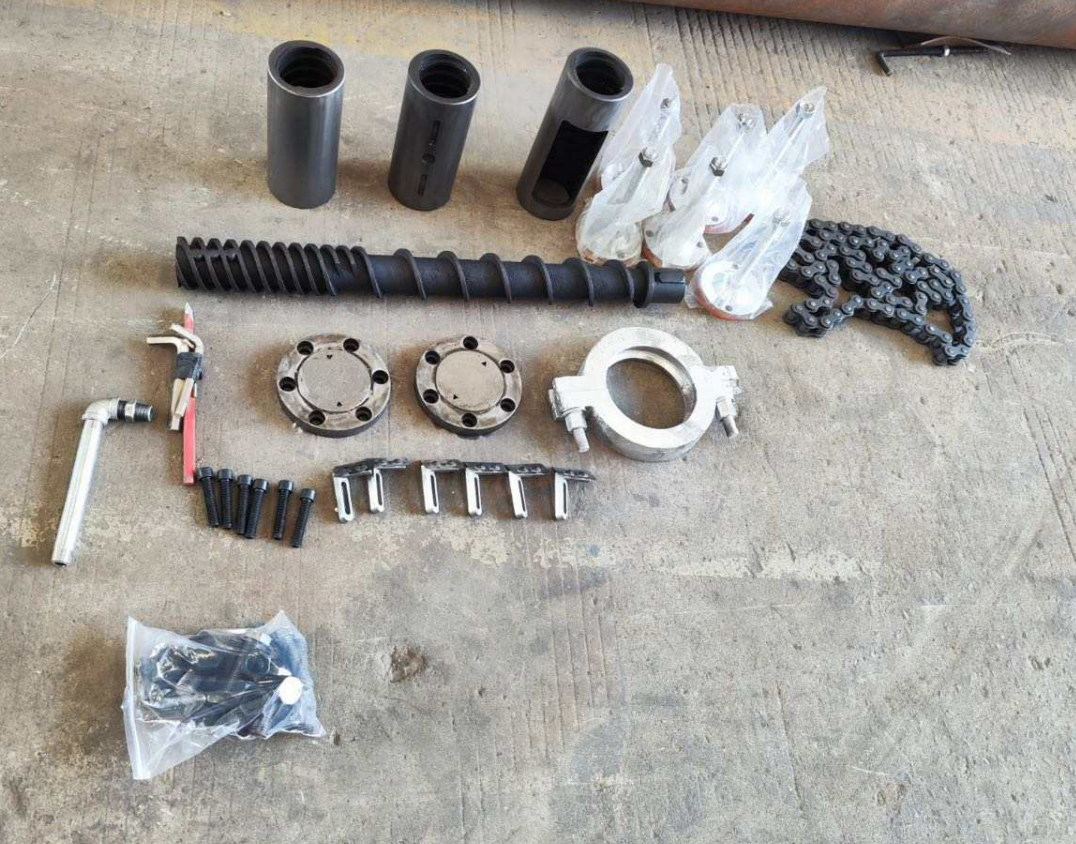Choosing the Best Cages for Chicken Layers for Optimal Egg Production
Dec . 23, 2024 13:28 Back to list
Choosing the Best Cages for Chicken Layers for Optimal Egg Production
Cages for Chicken Layers A Comprehensive Overview
In the poultry industry, particularly in the commercial production of eggs, the housing of chicken layers is a critical topic that affects not only animal welfare but also productivity and consumer perceptions. The debate surrounding the use of cages for chicken layers has intensified over the years, spurred by concerns related to animal rights, environmental impact, and economic viability. This article explores the various types of cages used for chicken layers, their benefits and drawbacks, and the evolving regulations surrounding their use.
Understanding Cage Systems
Cage systems for chicken layers are primarily divided into three categories conventional battery cages, enriched cages, and free-range systems.
1. Conventional Battery Cages These are the traditional cages used in high-density egg production. Each cage typically houses multiple hens, providing minimal space for movement. The advantage of this system is its efficiency — farmers can manage a large number of birds in a compact space, which maximizes egg production at a lower cost. However, critics argue that battery cages lead to poor animal welfare due to severe space restrictions. Hens in these conditions cannot exhibit natural behaviors such as nesting, perching, or foraging.
2. Enriched Cages To address welfare concerns associated with conventional cages, enriched cages were introduced. These systems provide slightly more space per hen and include additional features such as perches, nesting boxes, and scratching areas. The intention behind enriched cages is to allow hens to perform natural behaviors while still maintaining higher production efficiency. While these systems improve welfare to some extent, they still do not offer the freedom associated with free-range systems.
3. Free-Range Systems In free-range systems, hens are provided with access to the outdoors, allowing them to roam and engage in natural behaviors. This method is often marketed as more humane and is increasingly popular among consumers who are concerned about animal welfare. However, free-range systems can pose challenges for farmers in terms of managing the flock and protecting the birds from predators and diseases. Additionally, they may lead to higher production costs, which can be passed on to consumers.
Benefits of Using Cages
The use of cages in chicken layer production offers several benefits
cages for chicken layers

- Efficiency Cages allow for high-density farming, which can lead to lower production costs and increased egg output. - Disease Control Caged environments can reduce the spread of diseases among birds, as they limit direct contact with droppings from other hens, which is crucial for maintaining flock health. - Easier Management The compact nature of cage systems makes it easier for farmers to manage feeding, water supply, and egg collection.
Drawbacks and Welfare Concerns
Despite their efficiency, cage systems, especially conventional ones, face significant criticism
- Space Constraints The confined space in which hens are kept can lead to physical and psychological issues, as birds become stressed, leading to aggressive behavior and decreased egg production. - Consumer Backlash Growing consumer awareness around animal welfare has led to increased demand for cage-free and free-range eggs. Many consumers are willing to pay a premium for products that align with their ethical beliefs.
Regulatory Landscape
As society's views on animal welfare continue to evolve, many countries are adjusting their regulations regarding the use of cages in poultry farming. Several regions have enacted laws that phase out conventional battery cages in favor of enriched or cage-free systems. These regulatory changes reflect a growing recognition of the need to balance agricultural productivity with ethical treatment of animals.
Conclusion
The debate surrounding cages for chicken layers remains complex, with valid arguments on both sides. While traditional cage systems offer efficiencies and disease control, the welfare of the hens cannot be overlooked. As awareness of animal welfare issues continues to rise, the poultry industry must adapt to changing consumer expectations and regulatory pressures. The future of chicken layer housing will likely involve a combination of improved cage systems and more humane practices that respect the well-being of the hens, ultimately contributing to a more sustainable and ethical poultry industry.
-
Hot Sale 24 & 18 Door Rabbit Cages - Premium Breeding Solutions
NewsJul.25,2025
-
Automatic Feeding Line System Pan Feeder Nipple Drinker - Anping County Yize Metal Products Co., Ltd.
NewsJul.21,2025
-
Automatic Feeding Line System Pan Feeder Nipple Drinker - Anping County Yize Metal Products Co., Ltd.
NewsJul.21,2025
-
Automatic Feeding Line System - Anping Yize | Precision & Nipple
NewsJul.21,2025
-
Automatic Feeding Line System - Anping Yize | Precision & Nipple
NewsJul.21,2025
-
Automatic Feeding Line System-Anping County Yize Metal Products Co., Ltd.|Efficient Feed Distribution&Customized Animal Farming Solutions
NewsJul.21,2025






